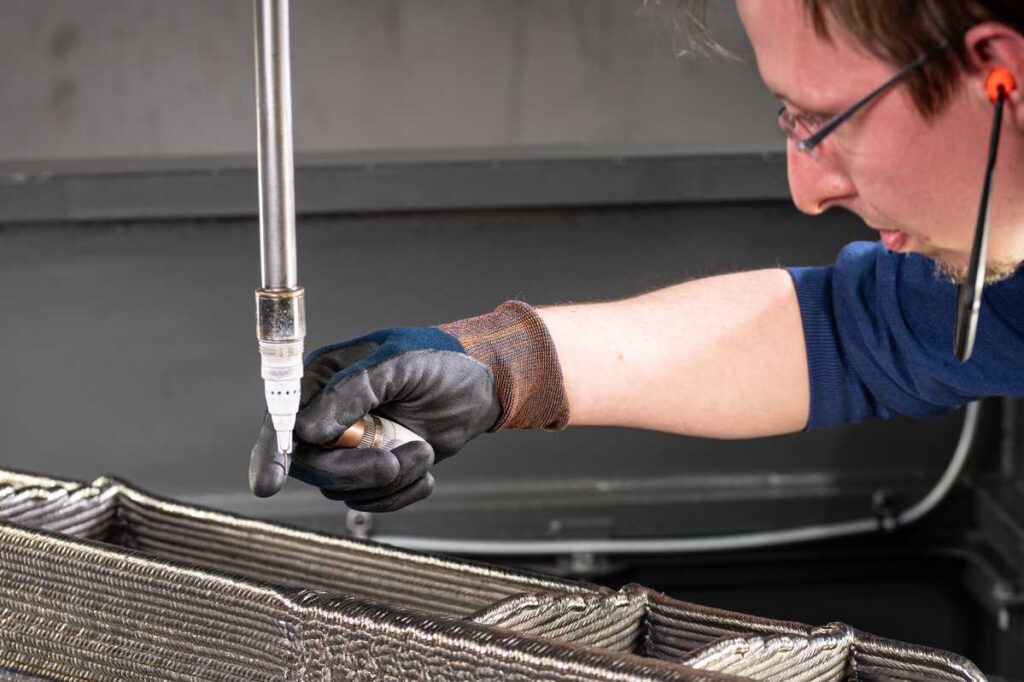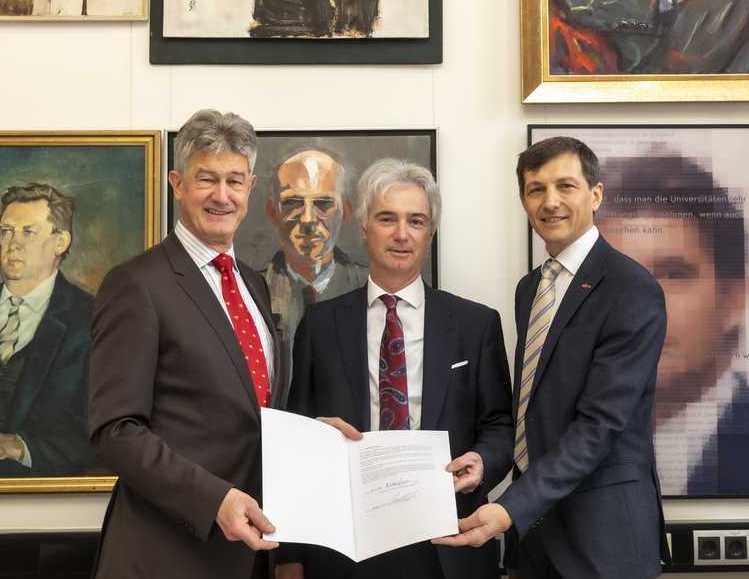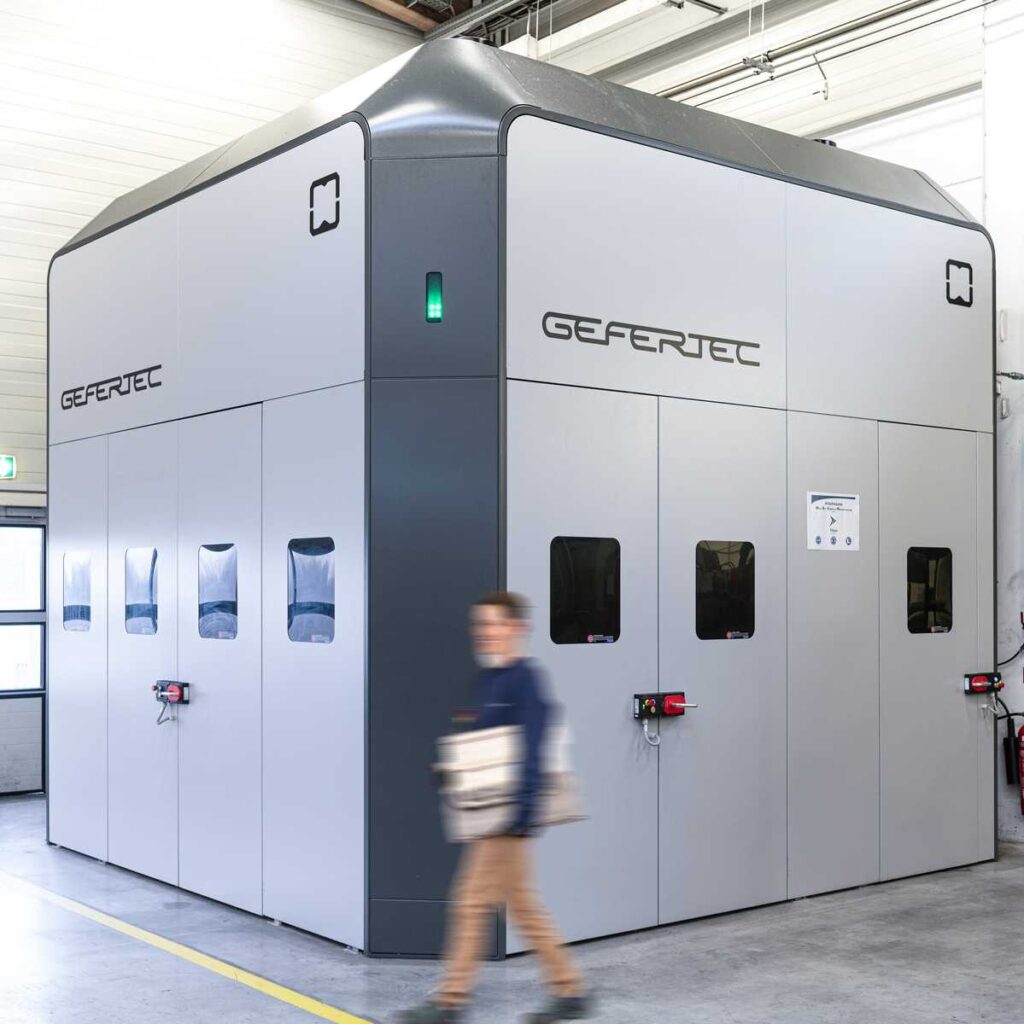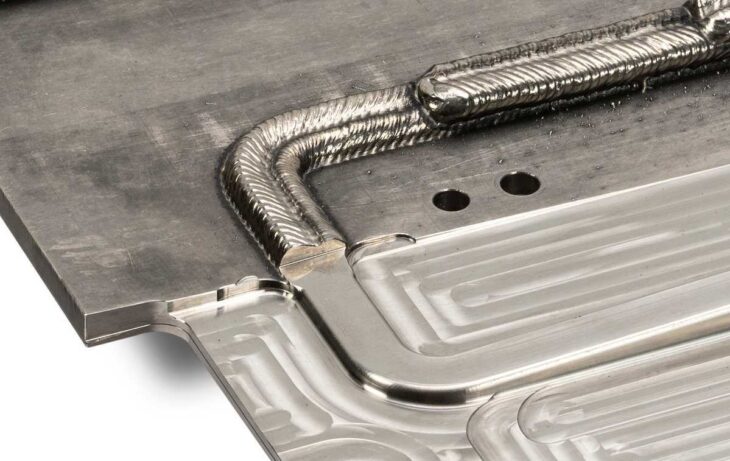AMAG Austria Metall AG in Austria is donating state-of-the art additive manufacturing equipment to the Graz University of Technology (TU Graz) in Styria, Austria. The equipment will be used to research the use of titanium, aluminum, and other materials in the additive manufacturing of aerospace components.
“For AMAG, innovation is an essential pillar of the corporate strategy,” said Helmut Kaufmann, chief technology officer at AMAG. “We have been cooperating successfully with Graz University of Technology for years in research into innovative production technology and materials development for light metals and intend to continue to drive this forward.”
AMAG entered the aerospace market in late 2020, when it acquired Aircraft Philipp Gruppe. Under the new name, AMAG components, the division includes manufacturing sites sites in Übersee am Chiemsee and Karlsruhe, Austrial. The division specializes in the mechanical processing of high quality aluminum and titanium components for the aerospace industry.
Since late 2018, AMAG components has been involved in the additive manufacturing of titanium structural components for the aerospace industry — from research through to demonstration parts. Using the wire-arc additive manufacturing (WAAM) process, also known as wire buildup welding, components are formed by building up the material layer by layer and then are given their final shape by mechanical processing.

Meanwhile, Graz University of Technology operates an additive manufacturing laboratory, which is led by Prof. Franz Haas, head of the Institute of Production Engineering, and Prof. Christof Sommitsch, head of the Institute of Materials Science, Joining and Forming. Both professors are members of AMAG’s scientific advisory board, which advises AMAG on R&D strategy and project selection, and is also a link to university research and training.

In order to further strengthen its cooperation with the university and promote research and training in the field of additive manufacturing, AMAG signed a donation agreement with the TU Graz on March 15, 2022. The donation includes advanced additive manufacturing equipment that was moved from the company’s Übersee am Chiemsee facility to the university.
AMAG is now donating a state-of-the-art facility from the company’s inventory of components to TU Graz. In doing so, AMAG is also once again highlighting the great importance of innovation and cutting-edge research, as well as training, in the field of metallurgy in Austria.
The equipment, which has a value of around €800,000 (when new), was last used for research and the production of demonstration parts made of titanium at AMAG components. In the university environment, the equipment will be implemented for research that will provide insights into material behavior and the achievable properties of the components produced from various materials (e.g., also aluminum). These insights are to be gained by incorporating the expertise of both participating institutes.

Another key element of the donation is that having access to the equipment will provide students with a state-of-the-art industrial tool for training purposes. “Researchers and students alike benefit from our cooperation with AMAG and the new high-tech equipment,” said Harald Kainz, rector at TU Graz. “They find a high-performance, state-of-the-art research environment and can quickly and purposefully link their studies and research with business-specific requirements of the industry. The young technical talent at TU Graz is directly integrated into ongoing research projects and is thus prepared in the best possible way for jobs and careers in industry and business.”
According to Kaufmann, the training of experts is also particularly important for AMAG. “The training of up-and-coming scientists in the area of production technology is a major concern for us, not least because AMAG wants to continue to grow in the area of component production, and needs competent employees to do so.”

